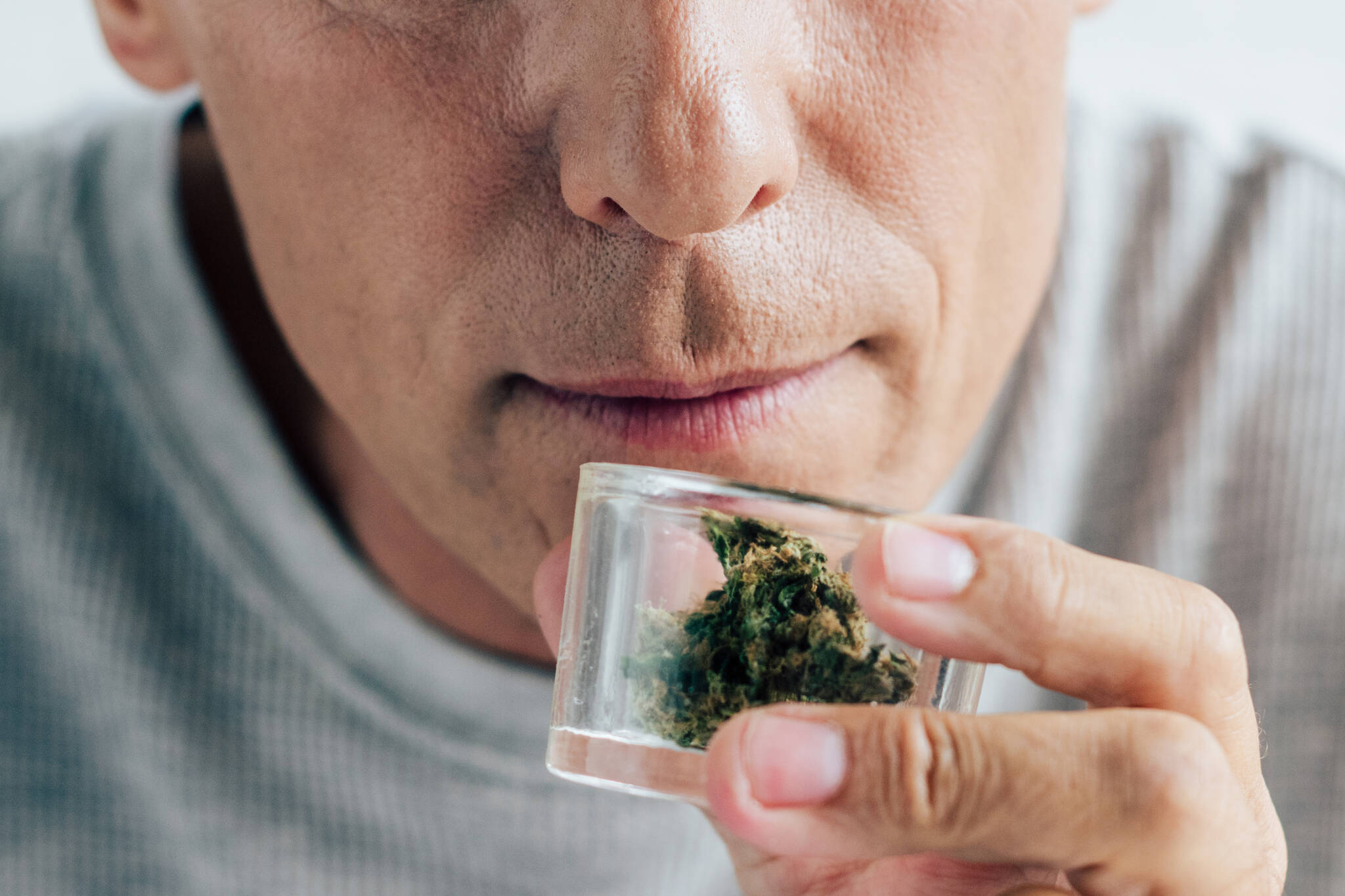By Mark Haskell Smith
Los Angeles Times
After a two-year pandemic-imposed hiatus, the California State Fair is returning in 2022 with a new competitive category: cannabis. Yes, the fair is going to honour the best bud in the state. It may be the most culturally significant moment for California agriculture since the famed Judgment of Paris, a blind tasting in 1976 in which a panel of mainly French wine judges scored Napa Valley wines above those of Burgundy and Bordeaux, a result that rattled the wine world and launched the craze for California wine.
California only legalized the recreational use of marijuana in 2016. In five years, it has gone from being a lowly baggie of skunk purchased from the friend of a guy at work to being invited to compete among the jellies and jams at the state fair. It’s almost as if someone flipped a switch and moved weed into the mainstream.
From a purely agricultural perspective, the cannabis crop has earned its spot on the Sacramento fairgrounds. Marijuana and its growers have played a vital part in the state’s economy for decades, generating more than $3 billion a year in licensed cannabis sales. That means, as an agricultural product, it would earn a respectable fourth-place state ranking — right after dairy, almonds and grapes, and just before pistachios. Add in the illegal market for cannabis, and it is far and away the No. 1 crop in the state.
Which means that cannabis is overdue to take its place at the fair alongside artisanal products such as olive oil, cheese and wine. Move aside goats and llamas. Stand back cakes and bread. The state where five high school friends coined the phrase “420” 50 years ago has a different kind of baking in mind.
Not that anyone is going to actually, you know, consume any cannabis at the fair.
Competitions to determine the potency and flavour of marijuana strains are not new. The pioneering Cannabis Cup in Amsterdam, started in the late 1980s by High Times magazine, became so successful that it spawned a global industry of such contests. Growers come from around the world to present their unique strains — from heirloom “landrace” marijuana to genetically modified hybrids. Winning a Cannabis Cup is a big deal; the seeds of winning strains can be worth millions.
In Amsterdam, judging is traditionally done by a bunch of stoners seriously hotboxing a houseboat, but California is taking a science-based and decidedly high-tech approach. Instead of smoking to find the dankest flavour and effects, plants will be judged using laboratory testing — which is akin to putting a gourmet meal into a blender and then measuring how many calories it contains. I can’t help but envision a Roomba bumping around the house with a joint in its mouth.
The flowers will be given a complete physical as they are checked for levels of CBD, short for cannabidiol, a compound that is commonly used as an anti-inflammatory in ointments, creams and oils; and THC, the psychoactive component that gets a user high; and the five distinct terpene profiles that give cannabis its unique flavours and effects.
Think of it as a Bill Clinton-inspired version of a tasting: No one will inhale.
It’s the terpenes — the hoppy scent of myrcene or the citrus blast of limonene —t hat can make smoking quality marijuana such a pleasure. And within the varietals loosely labeled as indica, sativa and hybrid, there are hundreds of combinations of these various terpenes bringing unique flavours, scents and sensations of euphoria, relaxation or an extra burst of energy. Remove the terpenes and you’re basically left with hemp. It’s perfect for making paper or rope, but not so great for listening to reggae.
In wine-judging competitions, the category of white wine contains dozens of distinct varietals that include Albariño, Chardonnay and Macabeo. Experts taste the wine and pass judgment, sometimes spitting it into a bucket. Actual human beings use their senses, knowledge and experience to determine quality.
California may be the tech capital of the world, but putting tech in the judging seat may be going a bit too far. A machine-based analysis can’t possibly appreciate the nuances of the flower the same informed way as an experienced ganjier — a cannabis sommelier. If you think wine lists in fancy restaurants are intimidating, try parsing a dispensary menu without expert guidance.
The proposed state fair cannabis judging and subsequent awards feels like an awkward compromise between people who enjoy smoking marijuana and those who are suffering from whiplash from the sudden acceptance and ascendance of weed.
Although in fairness to the judges, the analytics do even the playing field. The competition won’t be swayed by personal preferences, and the flowers will be contrasted against those with similar chemical profiles. As one future judge of cannabis at the state fair put it, “You wouldn’t judge a rosé against a cabernet.”
That approach might be based in science and wholly impartial, but as a judge I would drink the rosé. It appears the state fair wants to acknowledge the importance of cannabis to California — but doesn’t want anyone to have fun doing it.
Find the latest must-read stories from the cannabis world at canadianevergreen.com, your go-to source for news, trends, products and lifestyle inspiration from the cannabis community and beyond. You can also follow us on Facebook and Instagram and Twitter.

